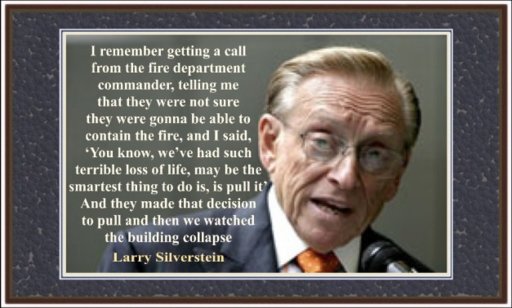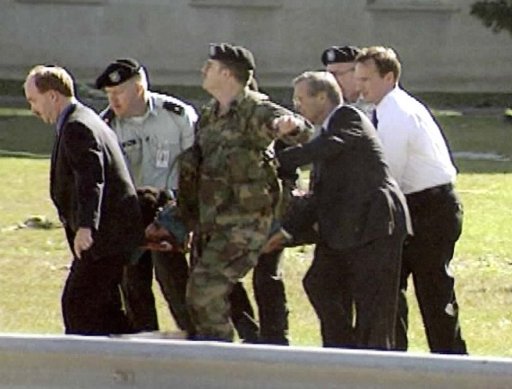In terms of fire resistance? Obviously.
So it is an unsafe design to use long span beam structures as any old office fire could collapse them?
Then why is this not made an issue and the design abandoned?
Such events will happen to any slender column long span beam structure unprotected from fire. That's why there's a security palaver.
How many buildings can you identify with this structure?



